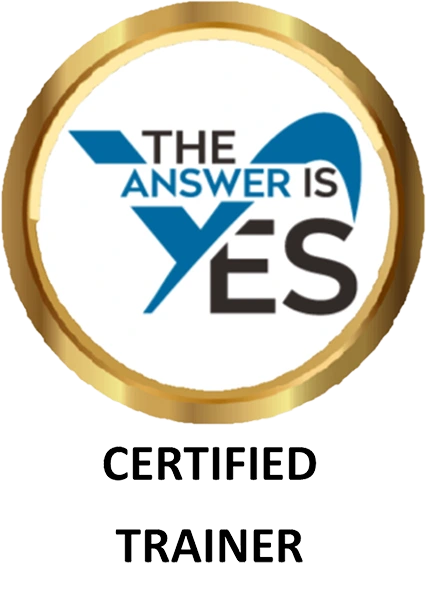“Epiphanies are never convenient, and often arrive too late.” Neal Shusterman
Knowledge was originally the first learning level in Bloom’s Taxonomy. I have believed and taught for many years that this is the only level where lecture is effective.
The first learning level is now Remember instead of Knowledge. Since the Taxonomy is intended to classify learning outcomes, I have finally updated my understanding and descriptions of the six learning levels. Please see what you think.
The first level of learning is to Remember. If the desired outcome is to have the learners demonstrate that they can remember new information, quizzes, questionnaires, question and answer sessions, fill-in-the-blank worksheets, pop ups, mind maps, memory games, peg systems, or tests can be effective.
Note that lecture is not listed here. A lecture is centered on the instructor who is speaking, not on the learners. Unless lecture is augmented by more interactive learner-centered activities, the lecturer has no way to determine if the desired outcome (Remembering) has been achieved.
The second level of learning is to Understand. If the desired outcome is to have the learners demonstrate that they understand the meaning of newly learned information, case study questions, discussions, essays, competitive brainstorming, gallery walks, scavenger hunts, debates, role plays, or games can be effective.
The third level of learning is to Apply. If the desired outcome is to have the learners demonstrate that they can apply new knowledge or skills in new and concrete situations, hands on, application, problem solving, or simulation activities can be effective.
The fourth level of learning is to Analyze. If the desired outcome is to have the learners demonstrate that they can break information or situations down into their component parts, more complex scenarios, case study questions, or role plays can be effective.
The fifth level of learning is to Evaluate. If the desired outcome is to have the learners demonstrate that they can apply criteria to make judgments, even more complex scenarios, case studies, or role plays can be effective.
The sixth and highest level of learning is to Create. If the desired outcome is to have the learners demonstrate that they can draw on everything they have previously learned to create something new, learning activities that encourage brainstorming, problem solving, experimentation, and invention of novel ideas, solutions and/or products can be effective.
Lecture is instructor-centered and all of Bloom’s outcomes are learner-centered. My conclusion and epiphany: Lecture alone is not effective at any learning level.
Question: Do you agree that lecture alone cannot achieve the desired outcomes at any learning level?
Side Note: I want to thank all of you who were kind enough to take last week’s survey regarding the Tips. I appreciate it more than you can know. Based on your responses, my plan is to limit the Tips to approximately 400 words, do my best to provide new information, cover a variety of topics with an emphasis on learning and development, and continue to post weekly.
May your learning be sweet- and safe.
Deborah
#trainingdevelopment #workplacelearning #talentdevelopment #alwayslearning #trainer





